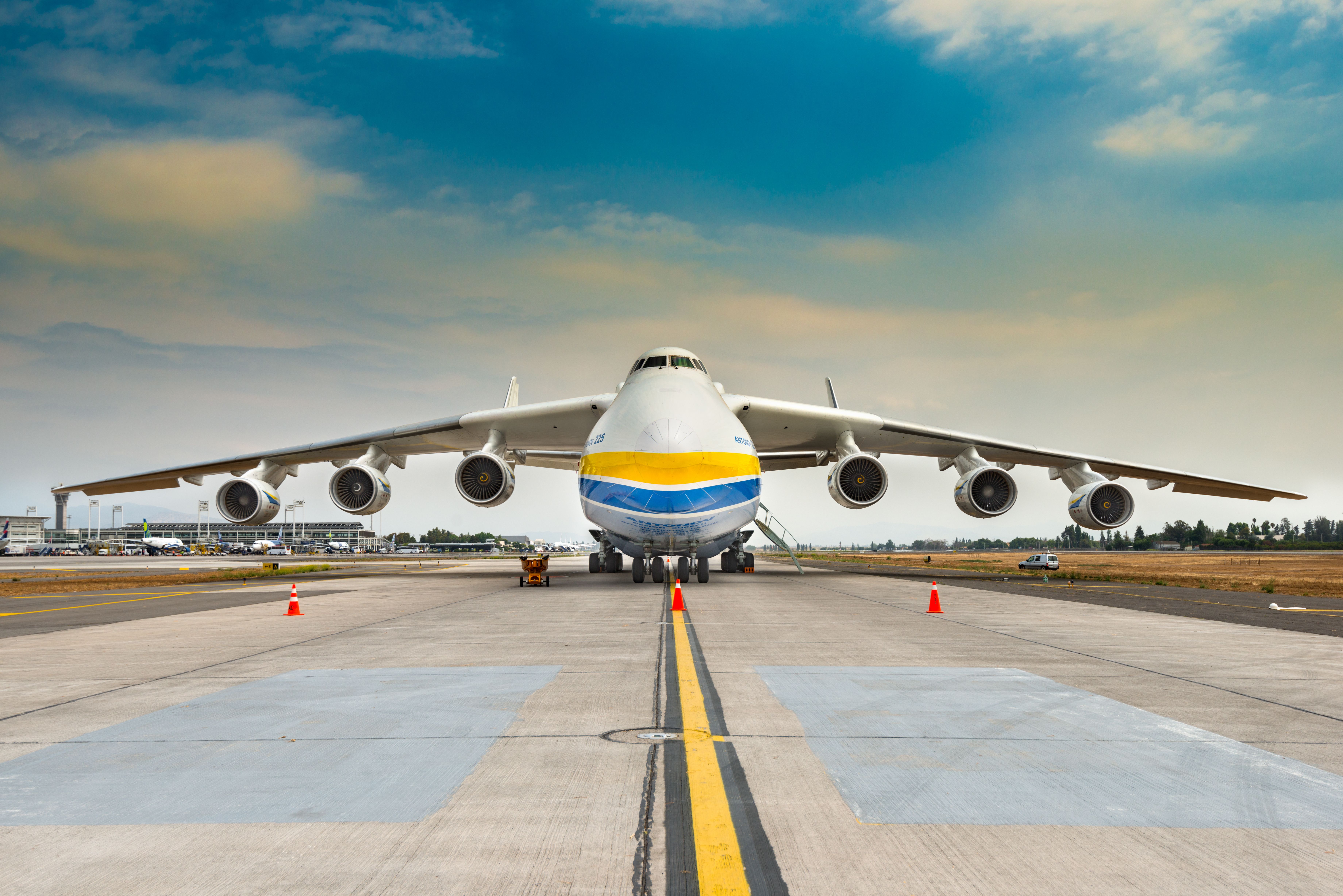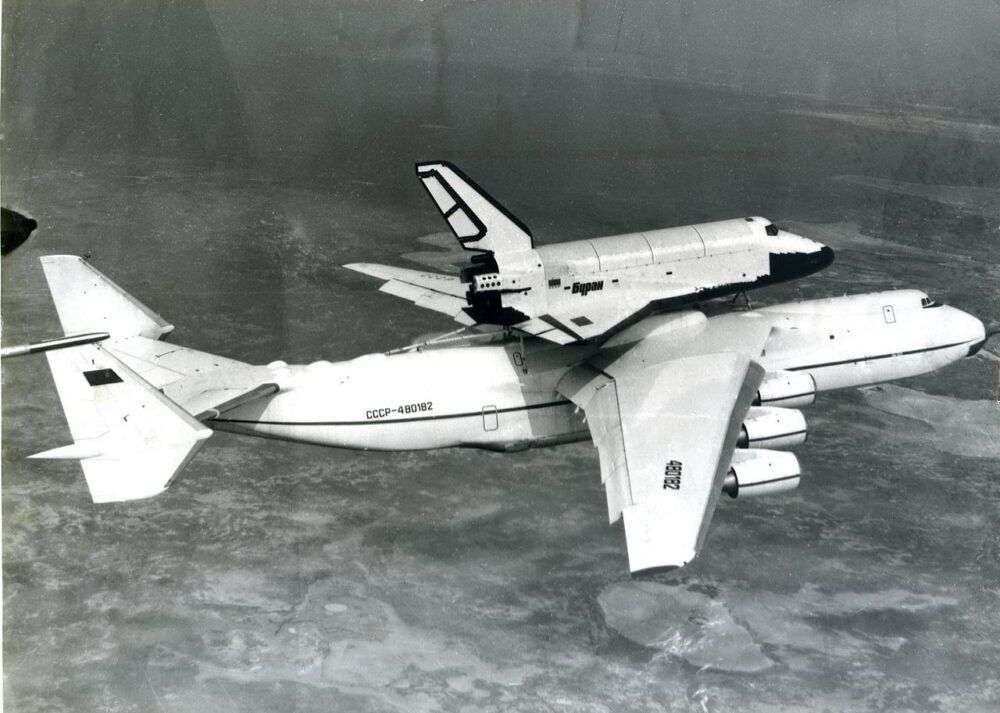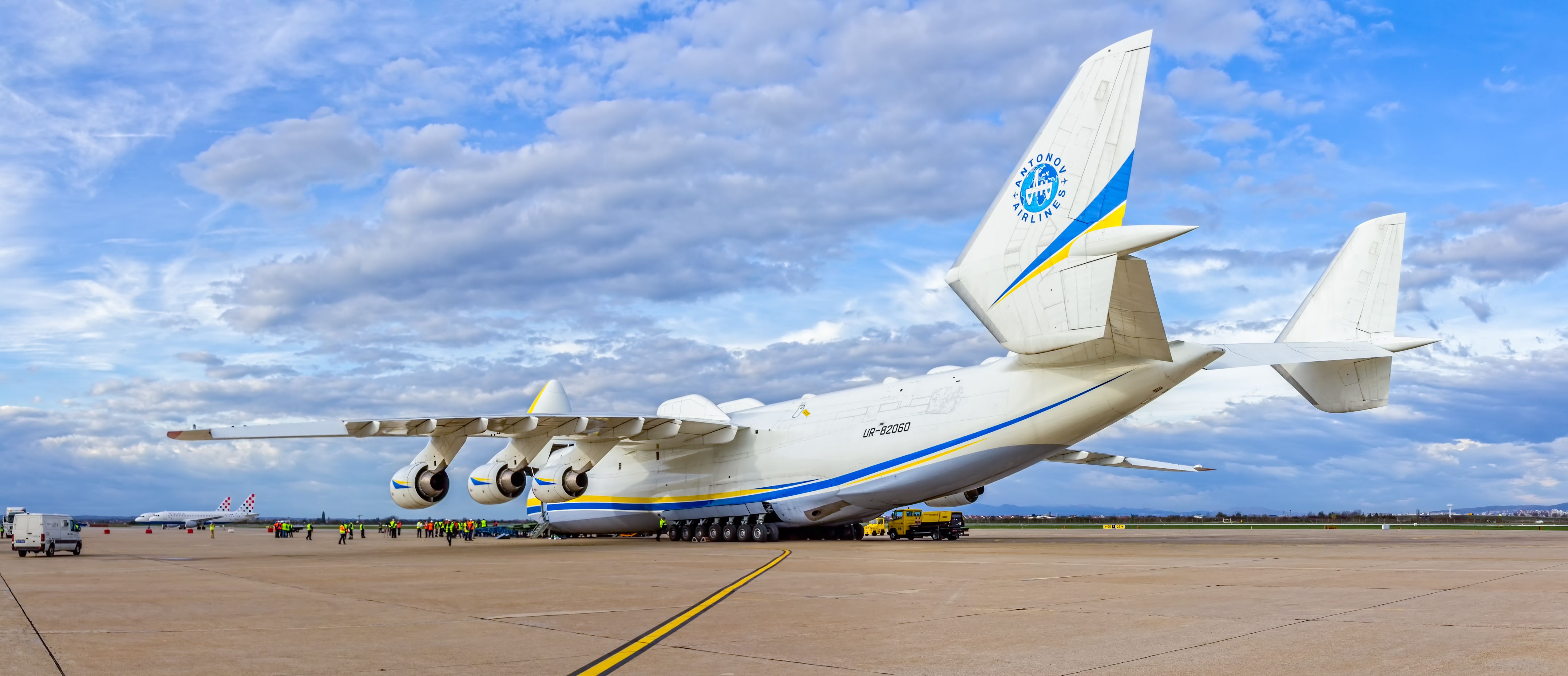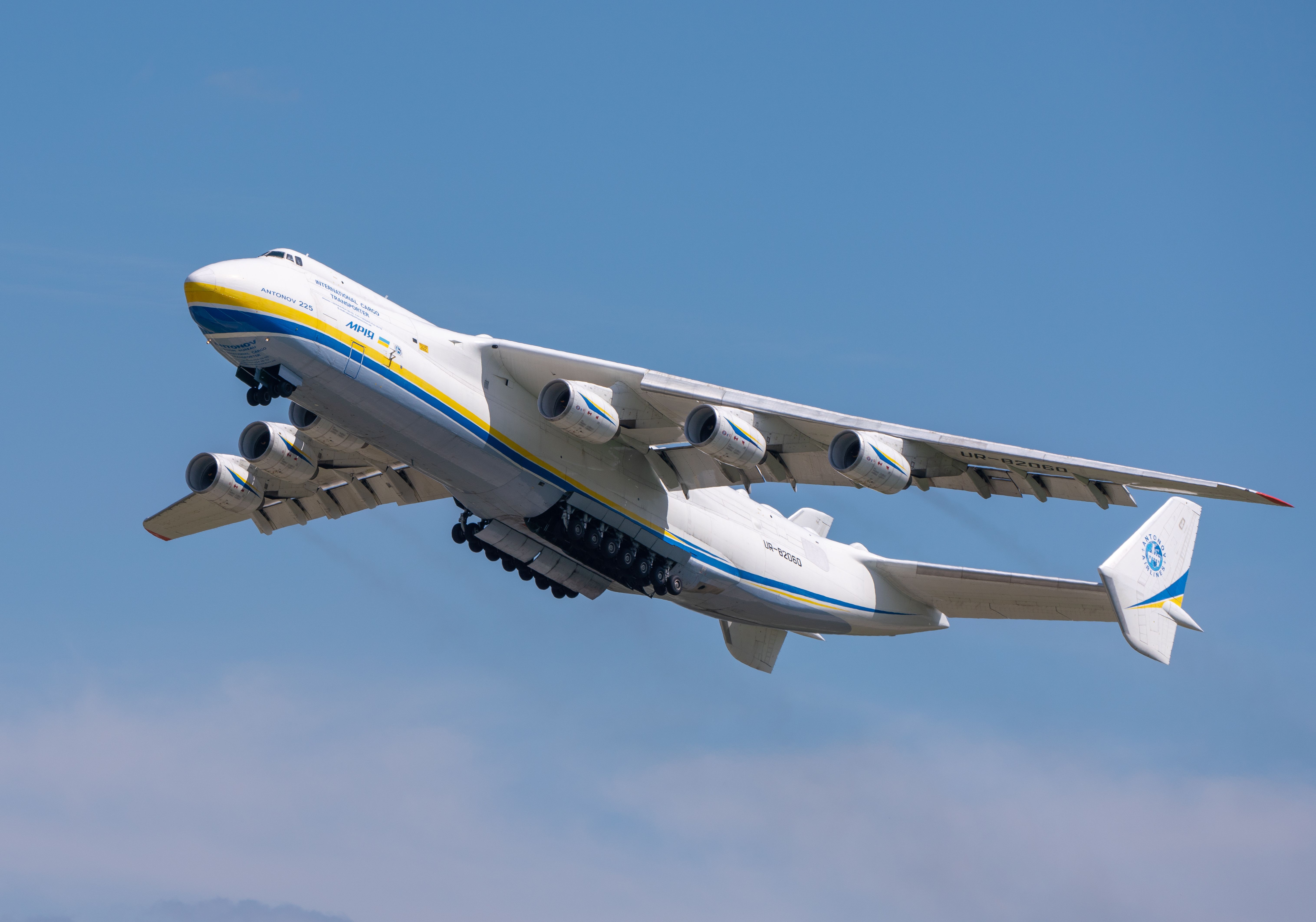People who had the opportunity to see the colossal Antonov An-225 'Mriya' in person know that they have been lucky to see an incredibly rare aircraft. As well as being iconic for the majesty of its sheer size, the An-225 drew significant attention wherever it went due to the fact it was the only operational airplane of its type in the world. With the aircraft destroyed, hopes of ever seeing the airplane again have been dashed.But Antonov did start constructing a second airplane, although it remains unfinished. Why wasn't it built, and could there be hope for the incomplete frame to become the replacement An-225 we've all wished for?
It takes two
Antonov designed and built its An-225 'Mriya' (meaning 'dream' in Ukrainian) to support the Soviet space program. It replaced the Myasishchev VM-T 'Atlant', used as a fill-in while it was in development, in performing a unique role for the USSR. Its purpose was to carry the Buran space shuttle, as well as components of the Energia rocket used for launch. It was designed to serve a similar purpose as the Boeing 747s that NASA deployed to carry its Space Shuttles to launch sites and retrieve them when they landed back on Earth.
The first An-225 took to the skies in December 1988 and undertook a flight test campaign that would total 113 test flights and 253 hours, according to AirportSpotting. It appeared on static display at the Paris Air Show the following year. In 1990, it also performed demonstration flights at the Farnborough Air Show.
With an eye on the space race, the Soviet space program had ordered not just one, but two An-225s to carry its orbiters and boosters. But it only ever took delivery of the first example - what happened to the second?
Delayed and unfinished
The USSR had initially ordered three An-225s for the space program, but later downsized this to just two. Antonov had already begun work on the second 225, and had reached about a 60-70% completion state when the Soviet Union collapsed. Much of the structural work for the aircraft had been completed, including its fuselage, wings, tail, landing gear, and nose.
But in 1993, the space shuttle project was officially shut down by order of President Boris Yeltsin. Drying up state funds, instability in relations with Ukraine and other challenges meant the project was no longer a priority for the USSR. Buran was abandoned, and the An-225 was suddenly surplus to requirements. The Mriya was put into storage in 1994, and work on the second iteration stopped.
However, Antonov still saw potential for the An-225, and towards the end of the '90s, it began modifying Mriya. In 2001, it took to the skies again, this time as a specialist cargo hauler capable of carrying the largest loads around the world. Seeing her in action, Antonov turned its attention to the second, unfinished aircraft.
In 2006, Antonov stated that it hoped to have the aircraft flying by 2008; the date then got pushed back to 2009 and, ultimately, abandoned altogether. In 2016, there were rumors the Chinese were interested in investing to ensure Antonov finished the plane, but that eventually got put on hold altogether. In 2020, Antonov's CEO claimed the airplane to be now 'economically unviable'.
What Oleksander Donets, CEO of the plane's manufacturer Antonov, meant by this is that Antonov would never recuperate its expenses required to build the plane. The An-225 had been performing well, but held a very limited niche. Flight tracking data from the time shows large gaps in the flying schedule of UR-82060, with the aircraft sometimes sitting on the ground for multiple weeks. Introducing a second specialist airplane into this very niche space just made no sense.
But, of course, all that changed in February 2022, when Ukraine confirmed that Mriya, the only complete An-225 in the world, had been destroyed at Hostomel Airport during the Russian invasion of Ukraine. As photographs of the scene began to emerge, the scale of the damage became clear.
The nose of the aircraft is languishing on the ground, and the fuselage is burned and charred. The pair of giant tailfins that once reached the height of a six-story building are gone. Likewise, the tailplane, ailerons, hydraulic systems, fuel pumps and three of its six engines were destroyed.
Could the second be resurrected?
Ukraine was incredibly proud of the Mriya and took the destruction of its unique plane as a very personal and painful attack. Right from the outset, both Antonov Airlines and Ukrainian President Zelensky have pledged to reinstate the An-225 into the global fleet. But with the only working example extensively damaged, would it make more sense to continue building the second aircraft than attempting to rebuild the original?
In many ways, it would make sense. Antonov has already completed as much as 70% of the build, with major elements like the fuselage and landing gear already in place. Most of the rest of the parts can be sourced from the An-124 spares pool, and the second plane has been stored in excellent condition to keep it ready for completion.
However, things might not be so straight-forward in bringing the half built airplane into operations. Designed in the '80s, the new aircraft will have to comply with the latest regulations on things like noise and CO2 emissions, which might mean considering alternative powerplants and other components. That's a challenge for Antonov, but it's also an opportunity - after all, a more efficient, modern An-225 could well prove more popular than the original.
Whatever the resurrected An-225 ends up being, the project is going to cost a fair investment. Zelensky previously said it would require around 500 million euros ($550 million), but the Ukrainian state defense company conversely estimated the restoration at over $3 billion. In terms of timescale, most parties have estimated at least five years of work before a new An-225 could fly.
For Ukraine, bringing a new An-225 into service is not going to be high on its list of priorities, not financially at least. There are plenty more areas that will require investment once this war is over, so it will be seeking external investments if the project is to get off the ground. Billionaire investor and aviation fan Richard Branson has been linked with the project, although not officially, and it's just those kinds of deep pockets that will be required to resurrect this giant aircraft.
From a return on investment point of view, there is absolutely no mileage in bringing back the An-225. It was never a big earner for Antonov. But from a pride and legacy perspective, there are a million reasons to resurrect the icon - approximately 44 million to be precise (the population of Ukraine). For the Ukrainian people, the Mriya was a symbol of power, strength and hope, and to see it fly again would truly be a 'dream'.
Did you know the story of the second, unfinished Antonov An-225? Have you ever seen the Mriya in person? Let us know your thoughts and experiences in the comments!
Source: AirportSpotting, CNN




